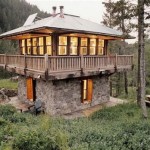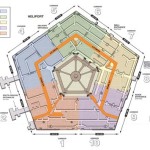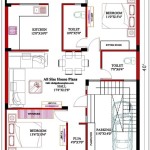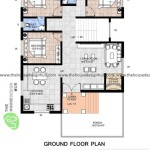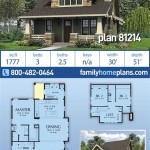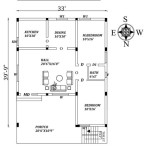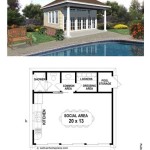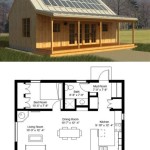Tree House Framing Plans
Building a tree house is a rewarding project, providing a unique space for recreation and enjoyment. A crucial aspect of any successful tree house project lies in the framing plan. A well-designed framing plan ensures structural integrity, safety, and longevity. This article explores the essential components of tree house framing plans, offering insights into design considerations, material selection, and construction techniques.
The initial stage involves assessing the chosen trees. Factors like species, health, and branch structure determine the tree's suitability to support a structure. A certified arborist can provide expert assessment, ensuring the trees' long-term health isn't compromised. The size and location of the tree house should complement the tree's natural form, minimizing stress and maximizing stability.
Once suitable trees are selected, the design process begins. The tree house's intended use, size, and shape influence the framing plan. Sketching initial designs helps visualize the structure and its integration with the tree. Consider access points, such as ladders, stairs, or rope bridges, and incorporate them into the design. Multiple platforms connected by walkways can create a dynamic and engaging structure.
Selecting appropriate materials is paramount for a durable and safe tree house. Pressure-treated lumber offers excellent resistance to rot and insect damage, making it ideal for outdoor construction. Hardware, such as bolts, screws, and connectors, should be galvanized or stainless steel to prevent corrosion. Choosing high-quality materials ensures the tree house withstands the elements and remains structurally sound for years to come.
The framing plan outlines the skeletal structure of the tree house, detailing the placement of beams, joists, and posts. The design should distribute the weight evenly across the supporting branches, minimizing stress on any single point. Flexible mounting systems, such as the Garnier Limb (GL), allow the tree to move naturally without compromising the tree house's stability. These systems accommodate growth and sway, preventing damage to both the tree and the structure.
Constructing the frame requires careful planning and execution. Pre-assembling sections on the ground can simplify the process and reduce the time spent working at height. Lifting and securing these pre-assembled sections requires appropriate safety equipment and techniques. Ensure all connections are secure and properly reinforced to maintain structural integrity. Regular inspections throughout the construction process are crucial to identify and address any potential issues.
The platform constitutes the floor of the tree house and requires a robust framework. Joists spaced appropriately support the decking material and ensure adequate load-bearing capacity. The decking material itself can vary, from traditional wooden planks to composite materials. Consider factors such as durability, weather resistance, and aesthetics when selecting decking materials.
Walls and railings are integral to safety and provide a sense of enclosure. Framing for walls can utilize traditional stud construction, adapting it to the unique shape of the tree house. Railings should be sturdy and appropriately sized to prevent falls. Integrating windows and doors into the wall framing allows for natural light and ventilation.
A roof protects the tree house from the elements and adds to the overall aesthetic. The roof framing should be designed to shed water effectively and withstand wind loads. Roofing materials can range from shingles to metal roofing, chosen based on durability and aesthetic preferences. Properly installed flashing prevents water from penetrating the roof and causing damage.
Building a tree house presents unique challenges, and seeking professional guidance is often beneficial. A structural engineer can review the framing plan and ensure its compliance with building codes and safety standards. Experienced tree house builders can offer valuable insights and expertise, helping navigate complex construction techniques and ensuring a safe and successful project.Regular maintenance is essential to preserve the tree house's structural integrity and extend its lifespan. Inspecting the frame, connections, and supporting branches annually can identify potential problems early on. Addressing any issues promptly prevents further damage and ensures the tree house remains safe and enjoyable for years to come. Reapplying protective coatings to the wood can also help maintain its weather resistance and extend its lifespan.
Beyond the structural components, consider incorporating elements that enhance the tree house's functionality and aesthetic appeal. Built-in seating, storage compartments, and lighting can transform the space into a comfortable and inviting retreat. Decorative elements, such as carvings or artwork, can personalize the tree house and reflect individual style. Thoughtful design elements contribute to a unique and enjoyable space that fosters creativity and imagination.

Constration Help Tree House Plans Diy

Construct An A Frame Tree House In Your Backyard Plans Designs

House Plans Tree Kids Designs

Follow These Principles To Build A Beautiful Treehouse Design

Treehouse Guides Plans To Build A Tree House

30 Free Diy Tree House Plans To Make Your Childhood Or Hood Dream A Reality Woodworking

Pagebreak Tree House Plans Diy

Tree House Building Tips And Plans Easy

Baumhaus Plattform Richtig Am Baum Befestigen

Follow These Principles To Build A Beautiful Treehouse Design

